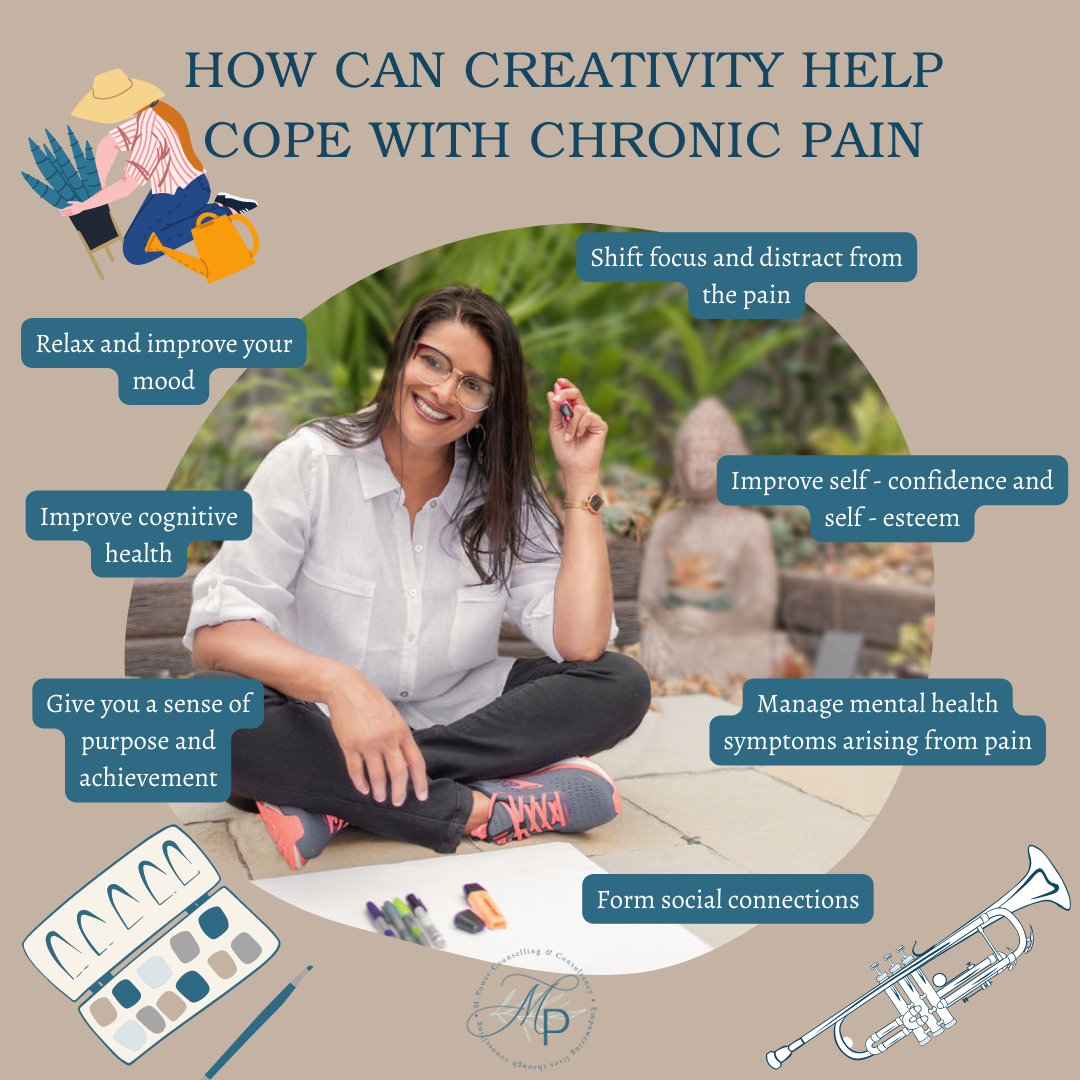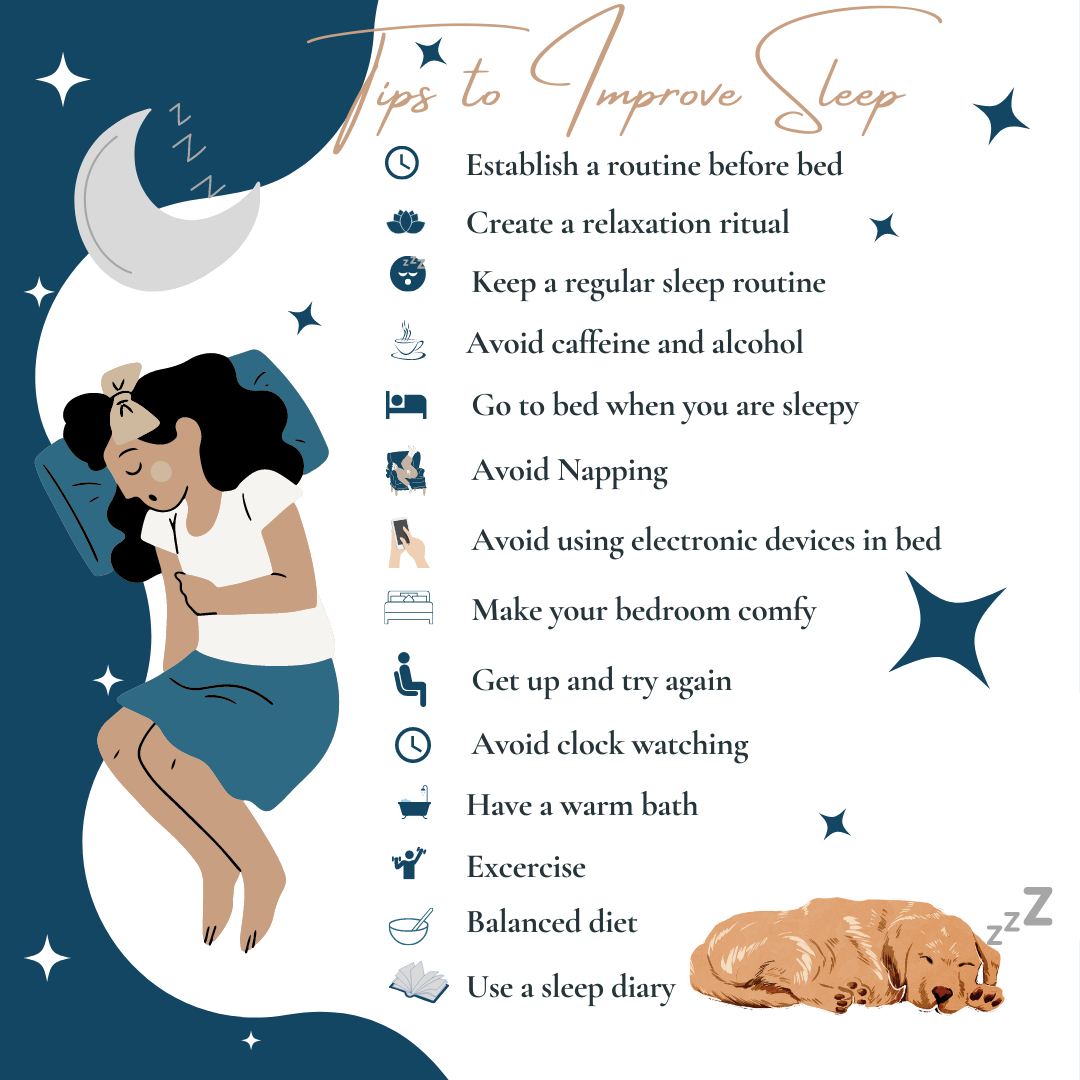The biopsychosocial model is a framework formulated by George L. Engels and Jon Romano at the University of Rochester in 1977 which states “… nothing will change unless or until those who control resources have the wisdom to venture off the beaten path of exclusive reliance on biomedicine as the only approach to health care”. – G. L. Engels.
The biopsychosocial (BPS) model is a whole person approach which examines biological, psychological, and social factors affecting an individual health and wellbeing. It looks at three factors:
- Biological – Genetics, Brain Chemistry, Physical Health
- Psychological – Beliefs, Emotions, Coping Skills, Cognitive Functioning
- Social – Family, Upbringing, Culture, Trauma, Work, Education
The biopsychosocial model challenges the traditional biomedical model of Western healthcare which predominantly looks at illness and disease from a biological perspective and excludes psychological, environmental, and social influences.
The biopsychosocial model is the basis of the World Health Organization’s International Classification of Functioning, Disability and Health (ICF), which is now widely accepted as the framework for disability and rehabilitation.
What I love about this model is that it is person – centric and evidenced based. It does not focus just on the illness, but on the psychological and social factors that interact with the illness and impede recovery. The model proposes that to achieve optimal health and well being one has to improve all three aspects of ones being, namely biological, psychological, and social.
Having worked within this framework in an occupational rehabilitation setting for over 15 years, I am now proud to adopt and apply this framework to my clinical practice at M-Power Counselling and Consultancy.
How can you optimise your health and wellbeing using the biopsychosocial model?
Have any questions or comments feel free to reach out via my website www.mpowercc.com.au.



